
Vitamin C + Iron
Triple Absorption Power: Fix Deficiency Faster
Quick Summary
The Verdict
Core + Boosters- •This is a classic absorption-enhancer pairing: vitamin C helps you pull in more non-heme iron, especially with plant-heavy meals or when tea/phytates are unavoidable. For treating iron-deficiency anemia, however, iron alone performs as well in modern trials
- •Vitamin C is optional and situation-dependent, not mandatory. [1][6][12]
Essential Core: Iron
Beneficial Additions: Vitamin C
Optional Additions: Lactoferrin, Diet tweaks (separate tea/coffee and calcium)
- •You tolerate iron on an empty stomach, can avoid inhibitors around dosing, or your clinician prefers alternate-day iron alone
- •Also avoid extra vitamin C if you have iron overload disorders unless advised by your clinician.
The Synergy Hypothesis
Ascorbic acid chemically 'rescues' non-heme iron by reducing and chelating it at the gut surface, so more iron crosses via DMT1 and reaches blood. This yields clear absorption synergy at meals, but in iron-deficiency anemia treatment, iron alone is usually sufficient, so adding vitamin C may not improve clinical endpoints.
How the system works →
Think of iron as cargo and your gut as a port. Non-heme iron arrives in the rusty ferric form that customs won't accept. Vitamin C is the agent who cleans the rust (reduces Fe3+ to Fe2+) and keeps the cargo dissolved in the water, so it fits the DMT1 gate and gets loaded into circulation. Inside the intestinal lining, other proteins pass iron to the blood to build hemoglobin. When meals contain 'thieves' like phytate or tea polyphenols that would seize the iron, vitamin C helps hold on to it. However, your body's gatekeeper hepcidin rises after iron dosing and temporarily shuts the export gate; that's why spacing iron (e.g., every other day) can matter more than adding vitamin C for overall treatment success. [4][5][12][10]
Solo vs Combination
Together, vitamin C and iron make non-heme iron easier to absorb, which is valuable in the real world of mixed meals and morning coffee. But if you can take iron on an empty stomach and avoid inhibitors, modern trials show iron alone raises hemoglobin and ferritin just as well as adding vitamin C. The combo is best used as a practical absorber's trick—not a magic multiplier of treatment outcomes. [1][10][11][3]
The Ingredients
Vitamin C +
absorption booster• beneficial
Vitamin C acts like a rust remover and carrier: it flips iron from the hard-to-absorb ferric form (Fe3+) to the easier ferrous form (Fe2+) and helps keep it soluble so your gut's iron "doorway" can pull it in.
Works Alone?
Yes
Needs combination
In This Combo
100–200 mg taken with an iron dose or iron-rich meal.
(dose-sparing effect)
Cost: $3–8
What if I skip this? (moderate impact, combo survives)
Iron +
primary active• essential
Supplies the raw material for hemoglobin—the oxygen-carrying protein in red cells—and refills body iron stores.
Works Alone?
Yes
Needs combination
In This Combo
40–65 mg elemental iron with 100–200 mg vitamin C, once daily or every other day.
(dose-sparing effect)
Cost: $5–15 (ferrous sulfate); $12–25 (bisglycinate); $20–40 (heme iron polypeptide)
What if I skip this? (high impact, combo breaks)
- •Without iron, the combo cannot fix deficiency
- •Vitamin C alone cannot build hemoglobin.
How They Work Together
Vitamin C + Iron
enhances absorption
At the small-intestine 'front door' (DMT1), iron must be in the ferrous (Fe2+) form. Vitamin C donates an electron (like a jumper cable), reducing ferric (Fe3+) to ferrous and forming a soluble iron-ascorbate complex. That lets iron pass through DMT1 more easily—especially when meals contain blockers like phytate or tea. [4][5][6][12]
Vitamin C → (reduces) → Fe3+ → Fe2+ → DMT1 → Iron absorption ↑
Vitamin C is the key that unlocks the iron door.
Vitamin C + Iron
mitigates side effect
Phytates and tea tannins grab iron and make it unavailable. Adding vitamin C with the meal competes by holding iron in a friendly, soluble grip so it doesn't get stolen, restoring much of the lost absorption. In studies, as little as ~30–50 mg vitamin C overcame substantial inhibition from bran or tannic acid. [12]
Phytate/Tannins —| Iron absorption; Vitamin C ↗ counters block
Vitamin C plays bodyguard, keeping iron from being mugged by meal blockers.
Vitamin C + Iron
competitive
Heme iron slips through as an intact 'package' and isn't limited by the ferric→ferrous step. Vitamin C mainly helps non-heme iron; it has little effect on heme iron absorption. [13]
Vitamin C → non-heme iron ↑; (≈0 effect) on heme iron
Heme iron has a VIP pass; it doesn't need vitamin C at the door.
How the system works in detail →
Think of iron as cargo and your gut as a port. Non-heme iron arrives in the rusty ferric form that customs won't accept. Vitamin C is the agent who cleans the rust (reduces Fe3+ to Fe2+) and keeps the cargo dissolved in the water, so it fits the DMT1 gate and gets loaded into circulation. Inside the intestinal lining, other proteins pass iron to the blood to build hemoglobin. When meals contain 'thieves' like phytate or tea polyphenols that would seize the iron, vitamin C helps hold on to it. However, your body's gatekeeper hepcidin rises after iron dosing and temporarily shuts the export gate; that's why spacing iron (e.g., every other day) can matter more than adding vitamin C for overall treatment success. [4][5][12][10]
How to Take This Combination
Timing Protocol
Doses
Vitamin C: 100–200 mg taken with an iron dose or iron-rich meal.
Iron: 40–65 mg elemental iron with 100–200 mg vitamin C, once daily or every other day.
⚠️ Order matters
- 1.
Vitamin C reduces ferric (Fe3+) iron to ferrous (Fe2+)
- 2.
Ferrous iron uses the DMT1 doorway on gut cells
- 3.
More iron gets into blood to build hemoglobin
Can add:Iron-rich foods (especially heme iron from meat/seafood), Lactoferrin (may improve tolerance in some populations), Folate/B12 if deficient (for red-blood-cell production)
Should avoid:Tea/coffee around dosing, Calcium or antacids around dosing, Taking iron multiple times per day when not necessary (hepcidin effect)
The Evidence
2 combination studies — studied together 10 pharmacokinetic, 2 clinical, 6 mechanistic
View key study →
440 adults with iron-deficiency anemia randomized to iron alone vs. iron + 200 mg vitamin C per dose for 3 months: hemoglobin and ferritin improvements were equivalent—vitamin C was not essential. [1]
- •Absorption synergy at meals
- •No added clinical correction of anemia vs iron alone in modern RCTs.
Read full technical summary →
Vitamin C (ascorbic acid) turns meal and supplement iron into a form your gut can grab and keeps it dissolved—this can boost non-heme iron uptake 1.5–9× in single-meal tests and offset blockers like phytate and tea. But when researchers treated iron-deficiency anemia with oral iron, adding 200 mg vitamin C each dose did not improve hemoglobin or ferritin versus iron alone. Bottom line: vitamin C is a helpful absorption booster around plant-heavy meals or when you can't avoid inhibitors; it isn't required for iron pills to work and doesn't replace smart dosing (e.g., alternate-day). [9][12][1][10][11]
Cost
Estimated Monthly Cost
$8–25 for iron + vitamin C; more if using premium iron forms or lactoferrin.
View breakdown →
Vitamin C: $3–8
Iron: $5–15 (ferrous sulfate); $12–25 (bisglycinate); $20–40 (heme iron polypeptide)
- •Worth it when meals/inhibitors are unavoidable or you're plant-forward
- •Otherwise, iron alone with smart timing usually suffices per RCTs. [1]
Money-saving options
- Iron alone on alternate days ($5–15/month)
- Dietary pairing: iron-rich foods + fruits/veg high in vitamin C
Alternative Approaches
Iron alone, alternate-day protocol
Iron (40–65 mg elemental) every other day
+Simpler, proven in RCTs to optimize fractional absorption by avoiding the hepcidin spike; fewer GI issues for many.
−No 'insurance' against meal inhibitors if you must take with food.
Choose if:You can dose iron away from meals/inhibitors and want the most efficient regimen for ID/IDA.
Iron + Lactoferrin (tolerability-focused)
Iron (lower dose, per labs), Bovine lactoferrin 100–200 mg/day
+Similar or better hematologic outcomes with fewer GI side effects in several trials/pregnancy cohorts.
−Higher cost; evidence varies by population.
Choose if:History of intolerance to iron salts, pregnancy, or inflammatory states where hepcidin may be elevated (per clinician).
Food-first iron with targeted C
Heme iron foods (meat/seafood), Vitamin C–rich produce at the same meal
Safety Considerations
Iron supplements can cause nausea, constipation, and dark stools; overdose is dangerous—store away from children. Space iron 2–4 hours from certain drugs (levothyroxine; tetracyclines/quinolones; some PPIs may also hinder absorption). Vitamin C is generally safe up to the adult UL of 2,000 mg/day, but high intakes can cause GI upset and, in those with iron-overload disorders (e.g., hemochromatosis), may worsen iron loading. Observational data suggest high supplemental vitamin C (≥1,000 mg/day) may increase kidney stone risk in men; discuss with your clinician if you are a stone former. [3][2][12]
⚠️ Contraindications
- ✗People with hereditary hemochromatosis or other iron-overload states unless specifically advised by a clinician.
- ✗Those receiving repeated transfusions or on IV iron (follow specialist guidance).
- ✗History of calcium oxalate kidney stones—avoid high-dose vitamin C without medical advice.
- ✗Known intolerance to oral iron salts—consider alternative forms or lactoferrin with clinician input.
- ✗Children—iron dosing must be supervised; accidental overdose can be fatal.
Common Misconceptions
- ✗"You must always take vitamin C with iron." Reality: helpful but not required—iron alone works in RCTs.
- ✗"More vitamin C means more benefit without limit." Reality: effects plateau for most meals beyond ~100–200 mg.
- ✗"Vitamin C helps heme iron the same way." Reality: vitamin C mainly helps non-heme iron.
- ✗"Three or more iron doses per day works best." Reality: frequent dosing can raise hepcidin and reduce the next dose's absorption.
Common Questions
Do I have to take vitamin C with my iron pill?
What dose of vitamin C should I pair with iron?
When is the best time to take iron (with or without vitamin C)?
Does vitamin C help with heme iron from meat?
- •Not much. Vitamin C mainly boosts plant-based (non-heme) iron
- •Heme iron uses a different pathway. [13]
Is orange juice better than a vitamin C pill?
- •Both work
- •The key is having vitamin C present with iron. Pills offer a predictable dose
- •Foods bring other nutrients. [6]
Interaction Network Details →
Vitamin C:The helper that keeps iron in an absorbable form at mealtime.
Iron:The mineral your body uses to make hemoglobin for red blood cells.
Ferric → Ferrous reduction:Switches iron into the form your gut can absorb.
DMT1 uptake:The 'front door' on gut cells that brings in ferrous iron.
Meal inhibitors (phytate, tea):Foods that tie up iron and make it hard to absorb.
Hemoglobin/Red cells:The oxygen-carrying protein that rises as iron stores recover.
Visual network diagram coming in future update
You might also like
Explore more of our evidence-led investigations, comparisons, and guides across every article style.
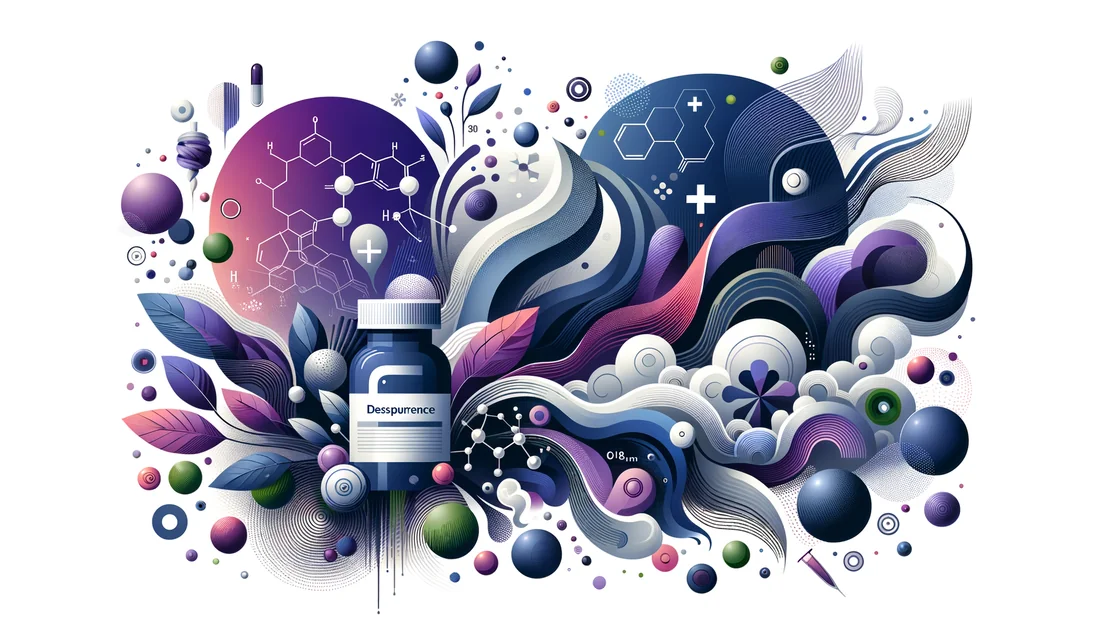
SuperSmart (Supersmart.com / SuperSmart USA)
SuperSmart's transparency paradox: COAs for nearly everything—yet many don't prove what's in the bottle
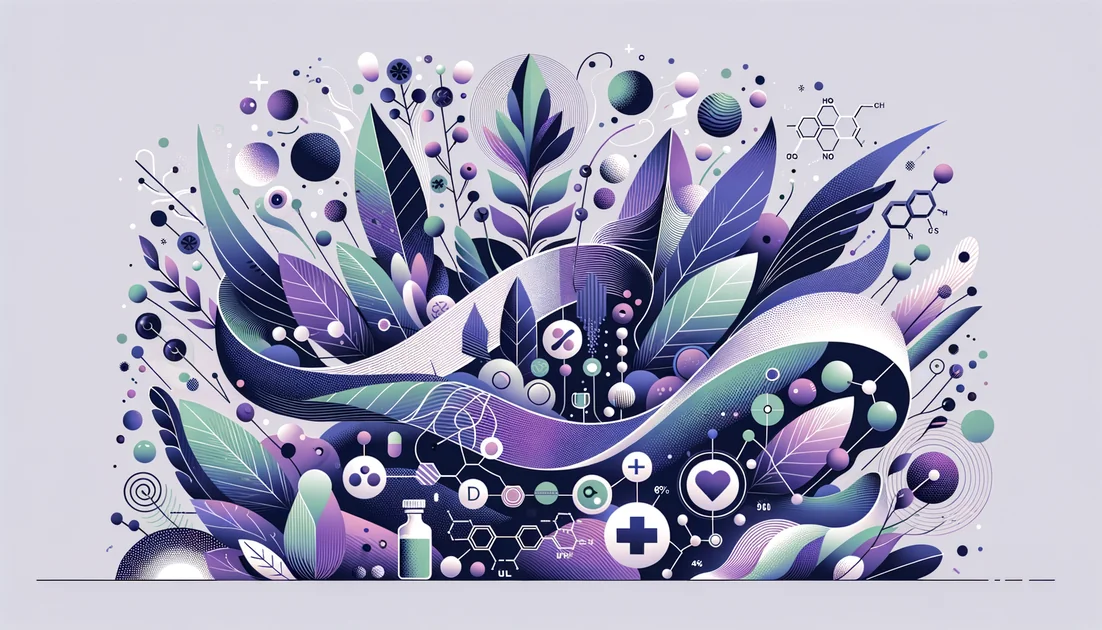
Trans-Resveratrol vs Pterostilbene
For longevity-focused use, pick trans-resveratrol if you want the better-studied option with modest, low-certainty benefits on human risk markers; choose pterostilbene only if you prioritize dosing convenience and can monitor LDL cholesterol. Neither has proven human lifespan extension. [8][4].
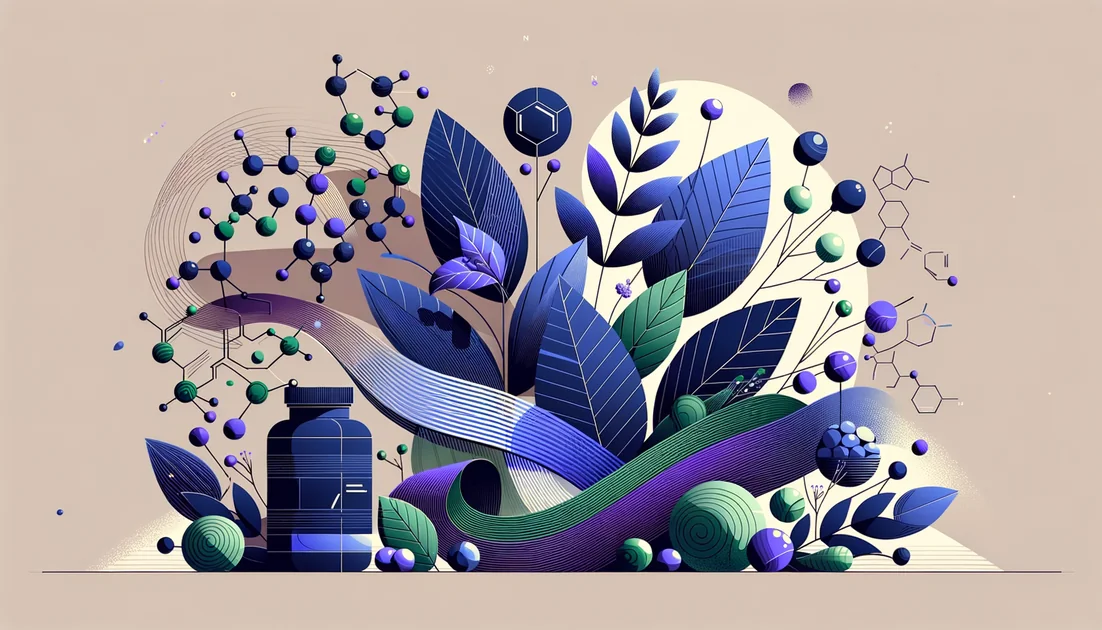
Best for Weight loss
Green tea catechins + caffeine
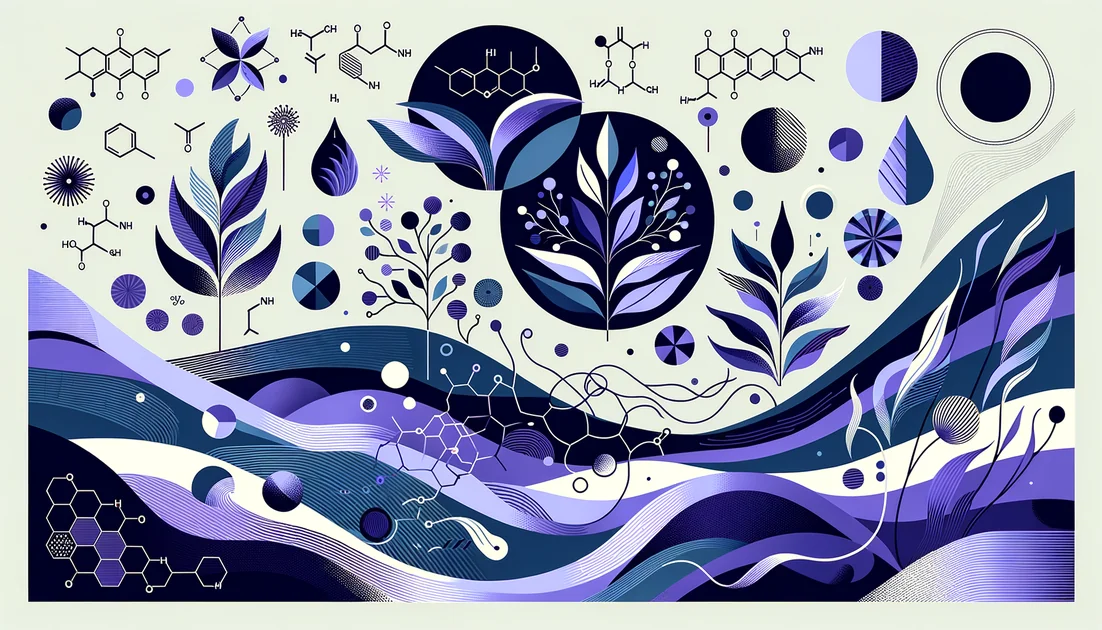
Slippery Elm (Ulmus rubra)
In three Midwestern clinics, patients with raw, burning throats were handed steaming cups of a simple herbal tea. Within minutes, many said the pain eased. The recipe? A demulcent blend starring the inner bark of a North American tree whose gift is texture—a silky gel that acts like a temporary blanket for irritated tissue. Slippery elm's story begins at Indigenous campfires and winds up in randomized trials and, oddly, in the mouths of old-school baseball pitchers.
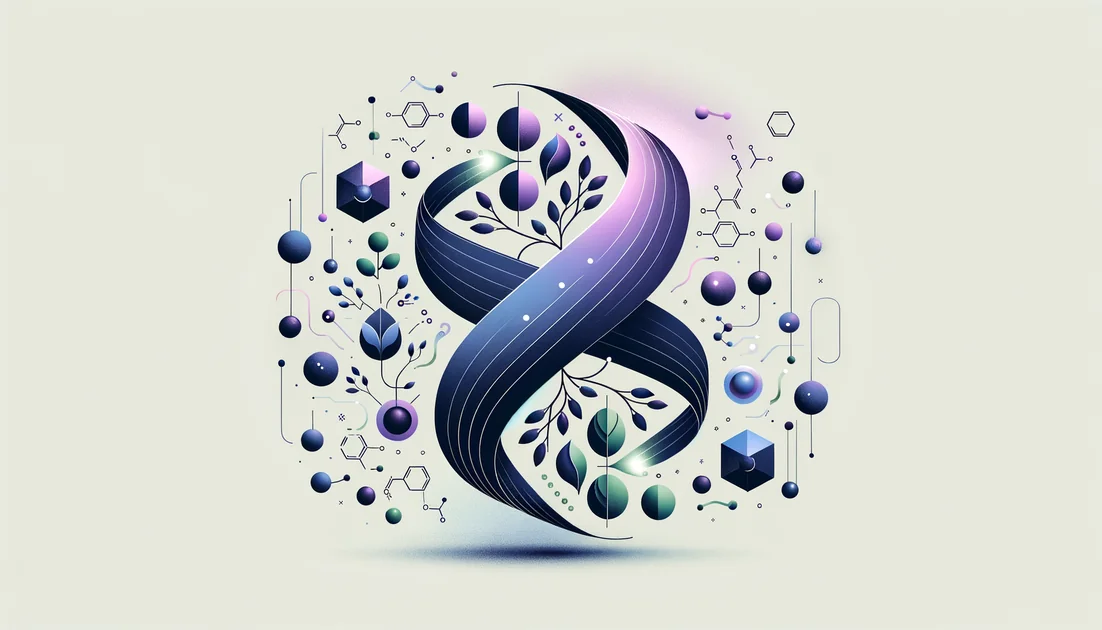

Tocotrienols
The stealthier cousins of vitamin E—built with springy tails that move differently in cell membranes and behave differently in your body.
